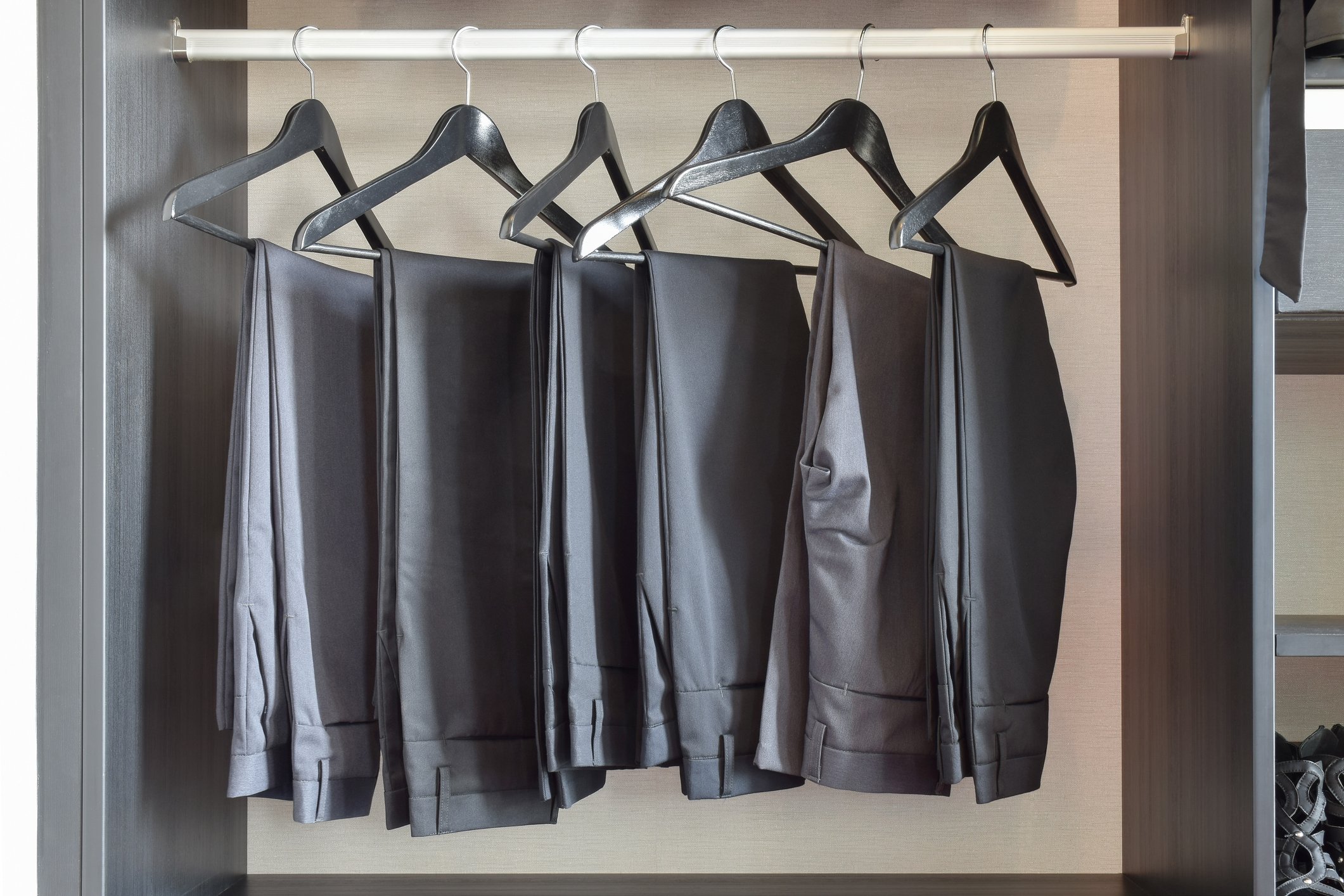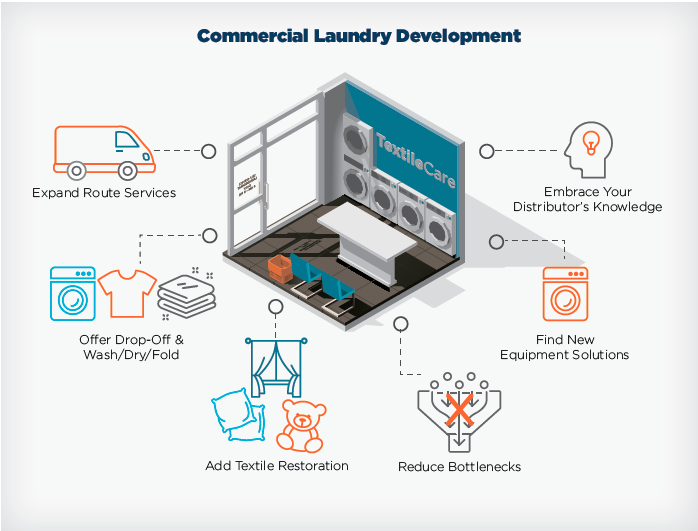As a textile care business, there are ways to generate new revenue that don’t necessarily mean reinventing the wheel or investing in a bunch of new equipment. One of the best ways to expand is by getting more money out of your existing customers. In many cases your competition is spending more to steal your customers away than you are trying to keep them. Growth doesn’t have to be new growth. It’s much easier to grow with what you already have.
In this article, I’ll highlight some markets primed for growth that complement dry cleaning and offer some tips on serving those markets through smart use of equipment and labor. The good news is that when new equipment is justified to ramp up production, the Return on Investment (ROI) is typically less than two years.
Expand Route Services
Many dry cleaners already run a route for residential/business dry cleaning and pressing. Why not pick up and process the rest of your customers’ stuff too, including bed linens, comforters, jeans, tees and socks? You likely already have the employees and equipment needed to process the extra work in the plant. Don’t forget area rugs and window treatments. Even if you have to wholesale out, you want your customer to think of only you when they have a textile that needs to be cleaned.
Offer Drop-Off Wash/Dry/Fold
It doesn’t matter if your operation is small or big with a bunch of satellite stores, you will benefit from offering drop-off wash/dry/fold. This is a fairly new concept in the industry — previously reserved for area laundromats. But, why? Again, most dry cleaners have the equipment and staff in-house to handle cleaning everything from household items to clothing.
Add Textile Restoration
Now let’s talk about a market that’s a little more complicated. Textile restoration and the process of restoring clothing and household items to pre-incident condition after being damaged by water, moisture or smoke. In this business, you’ll work directly with insurance agents to gather documents and sort damaged items. Cleaned items will need to be stored until they can be returned to the owner. This is a much larger subject that can’t be covered here, but keep it in mind when thinking expansion.
Reduce Bottlenecks
Now that you’ve increased the number of items your plant will process, look at where and what you need to accomplish the job. The typical production bottlenecks are found in the cleaning of textiles, finishing of textiles, and the matching, bagging and storage of textiles. Sometimes new equipment is justified to break through these productivity lags.
Find New Equipment Solutions
Wet Cleaning Systems
The easiest and best way to increase production to handle new or expand wash/dry/fold, route and textile restoration services is through a wet cleaning system. It’s considerably less expensive than an additional dry cleaning machine and can clean virtually any item or garment in half the time.
Look for a system that is highly programmable and offers new-technology drying capabilities, like the Poseidon Textile Care System® (Poseidon). Poseidon has all the superior programmability of an advanced wet cleaning machine and the pairing dryer offers several programmable phases/steps in the drying process, as well as sophisticated control over multiple variables within those phases, including oven temperature, drum temperature, drum rotation action and G-force, timed reversing, and moisture sensing control technology. By controlling variables by phase/step, even the most delicate items can be dried to the proper moisture level that’s ideal for finishing.
Not only can a wet cleaning system streamline the wash/dry/fold business, water is the best way to restore garments damaged by soot, smoke or water. Thanks to low upfront and operating costs, a wet cleaning system, depending on volume, will have a 24-month or less ROI.
Tensioning Equipment
Garment finishing is becoming a lost art. Fortunately, technology is helping solve the problem of finding experienced finishers. Today’s tensioning equipment does a fantastic job with minimal training. In fact, the hardest thing to teach employees is what not to press.
If you’re having trouble finding pressers, whether you’re actively trying to expand your business or not, investing in new tensioning equipment is strongly recommended. Trust me, the garments will fly through the plant. It’s another investment that should pay for itself within two years.
Garment Management System
Garment management has really grown over the years. When properly set up, it tracks a customer’s order from drop off until it is returned back to them. These systems are no longer only for large plants or multi-store operators. The automated matching systems can actually be more of a benefit to the smaller stores because they typically run with a smaller workforce. The automated matching system acts like an extra employee that never calls in sick or takes a break. Larger operations can take it a step further and go with the automatic bagging stations, another example of an extra “employee.”
Restoration businesses, for example, need a complex garment management system because their orders tend to require long-term storage. Having an accurate way to track these orders is an absolute must.
The labor savings allow automated matching and bagging systems to pay for themselves in less than a year. Operations can replace an employee, and allow their pressers to go home when they are done pressing, rather than having them pitch in to match the clothes on the rack.
Embrace Your Distributor’s Knowledge
To help you sort it all out and pinpoint new potential markets in your area, reach out to your equipment distributor. This is key because your distributor knows the market trends, can help identify bottlenecks in your plant and can recommend appropriate products to ensure you’r starting off on the right foot.


